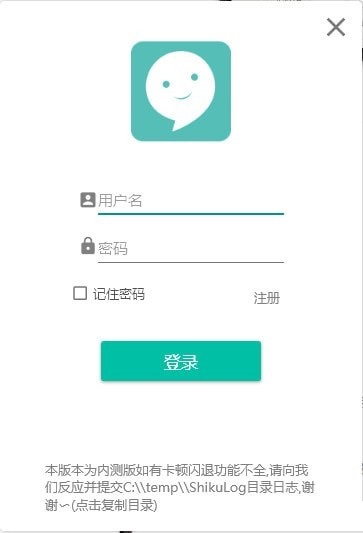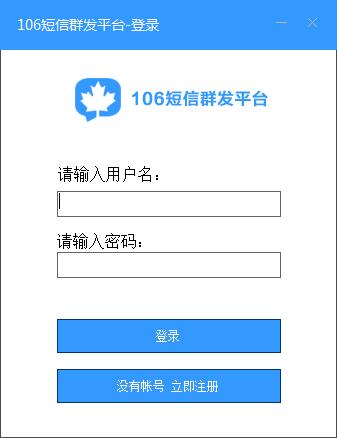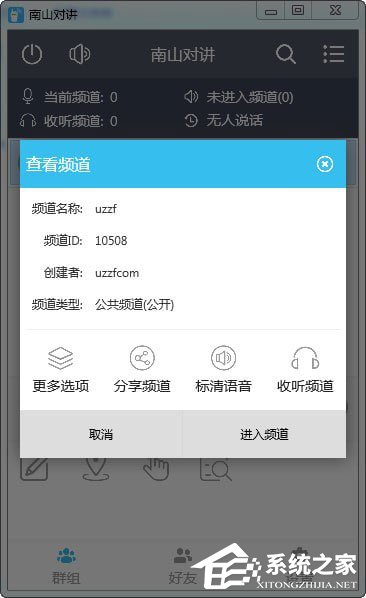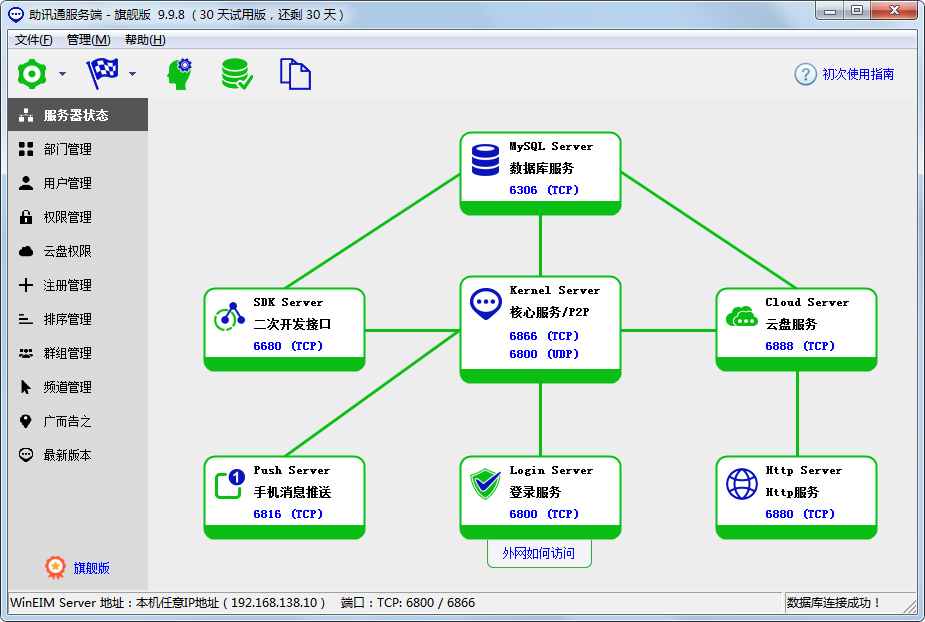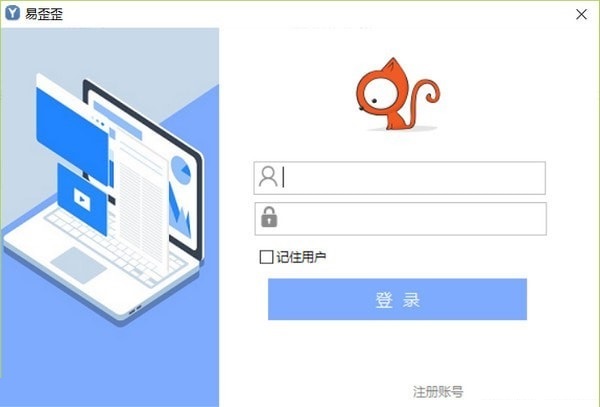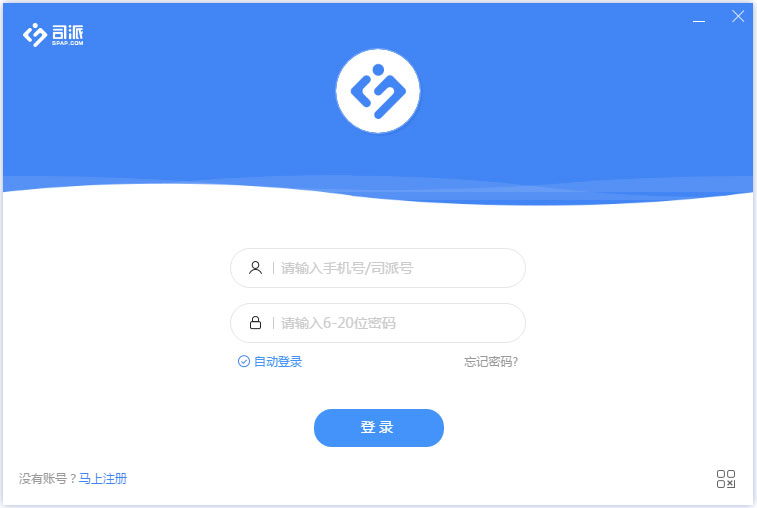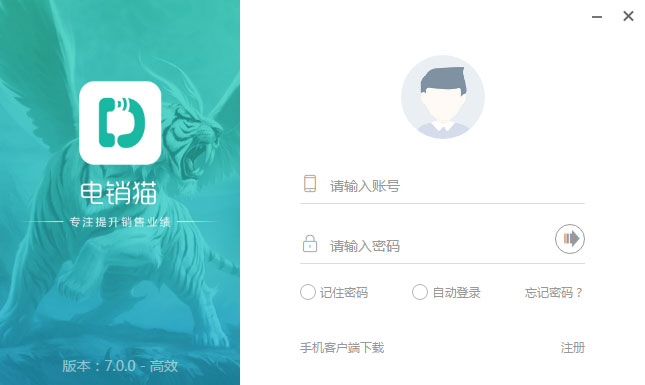How to enable Google Play App Signing
时间:2022-03-13 20:09
how to enable google play app signing -----------------------------------------------------------------------------
| 25 27 |
I think a lot of developers are trying to learn more about the new Google Play App Signing feature presented at Google I/O 2017. The ability to store the keystore to sign the apps inside Google Play save you the effort to safely store the keystore and can help the system to optimize the APKs served to every device, based on hardware and OS characteristics. You can read more about this topic in the official documentation here : . With the following answer, i will explain a bit better the steps you need to follow to upload your original keystore and how to create the new upload keystore, which you will need to sign your APK from this point onwards.
|
|||
4 Answers
| 62accepted |
This guide is oriented to developers who already have an application in the Play Store. If you are starting with a new app the process it‘s much easier and you can follow the guidelines of paragraph "New apps" from Prerequisites that 99% of developers already have :
Step 0: Open Google Play developer console, then go to Release Management -> App Signing. Accept the App Signing TOS. Step 1: Download PEPK Tool clicking the button identical to the image below Step 2: Open a terminal and type:
Legend:
Example:
Press Enter and you will need to provide in order:
If everything has gone OK, you now will have a file in PATH_TO_OUTPUT_FILE folder called Step 3: Upload the private_key.pem file clicking the button identical to the image below Step 4: Create a new keystore file using Android Studio.
Open one of your Android projects (choose one at random). Go to Build -> Generate Signed APKand press Create new. Now you should fill the required fields.
Press OK when finished, and now you will have a new Step 5: We need to extract the upload certificate from the newly created
Legend:
Example:
Press Enter and you will need to provide the keystore password. Now if everything has gone OK, you will have a file in the folder PATH_TO_OUTPUT_FILE called Step 6: Upload the Step 7: Click ENROLL button at the end of the App Signing page. Now every new release APK must be signed with the More Resources: Q&AQ: When i upload the APK signed with the new upload_key keystore, Google Play show an error like : You uploaded an unsigned APK. You need to create a signed APK. A: Check to sign the APK with both signatures (V1 and V2) while building the release APK. Read for more details. |
相关推荐
- Android系统编程入门系列之界面Activity交互响应
- 新型横向移动工具原理分析、代码分析、优缺点以及检测方案
- uni-app滚动视图容器(scroll-view)之监听上拉事件
- uniapp h5,app两端复制文本
- Android系统编程入门系列之界面Activity响应丝滑的传统动画
- 【Azure 应用服务】App Service 配置 Application Settings 访问Storage Account得到 could not be resolved: '*.file.core.windows.net'的报错。没有解析成对应中国区 Storage Account地址 *.file.core.chinacloudapi.cn
- 诺基亚短信生成!太好玩了
- iOS 跳转App Store进行评分
- 开发一个即时通讯App
- 关闭苹果IOS app自动更新
电脑软件
本类排行
- 1关闭苹果IOS app自动更新
- 2iOS 跳转App Store进行评分
- 3诺基亚短信生成!太好玩了
- 4Android系统编程入门系列之界面Activity响应丝滑的传统动画
- 5uniapp h5,app两端复制文本
- 6uni-app滚动视图容器(scroll-view)之监听上拉事件
- 7新型横向移动工具原理分析、代码分析、优缺点以及检测方案
- 8Android系统编程入门系列之界面Activity交互响应
- 9开发一个即时通讯App
- 10【Azure 应用服务】App Service 配置 Application Settings 访问Storage Account得到 could not be resolved: '*.file.core.windows.net'的报错。没有解析成对应中国区 Storage Account地址 *.file.core.chinacloudapi.cn


